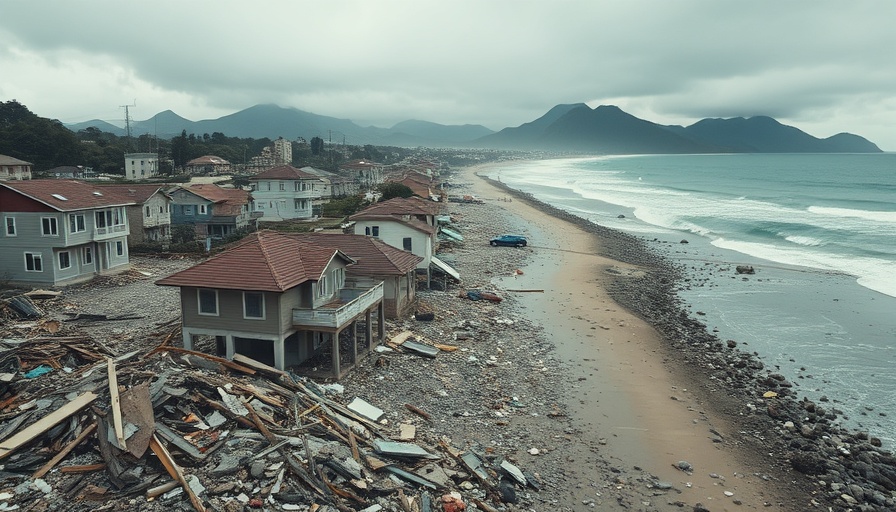
Understanding Tsunami Early Warning Systems
When faced with the threat of tsunamis, every second counts. The speed at which these colossal waves can travel—up to 500 mph—can leave little time for effective action. Tsunamis, while rare, have devastating potential, as seen in past events like the 2004 Indian Ocean tsunami and the 2011 Japan tsunami, which collectively claimed over 248,000 lives. This reality emphasizes the importance of timely and efficient tsunami early warning systems.
The Role of Technology in Tsunami Detection
At the heart of effective tsunami warning systems lies advanced technology. Innovations like the Deep-ocean Assessment and Reporting of Tsunamis (DART) buoys work in tandem with seismic networks to detect underwater earthquakes and measure sea-level changes. By monitoring seismic activity and ocean conditions, organizations such as the U.S. Pacific Tsunami Warning Center and the Japan Meteorological Agency can assess potential tsunami threats. However, the technology must be paired with swift communication methods to be effective.
Communication Challenges Within Early Warning Systems
Once a tsunami warning is issued, the focus shifts to communication. Rapid and clear dissemination of information through radio, television, text alerts, and social media is essential. Unfortunately, many communities face significant barriers. In low-income areas, where infrastructure might be lacking, people may not receive alerts in time or understand them. Hence, the “last mile” of communication becomes a critical component, as it ensures that at-risk populations are informed and can take appropriate action.
Building Public Awareness and Preparedness
Even the most sophisticated early warning systems will fall short if community awareness and preparedness are not prioritized. Engagement initiatives, such as public drills and education campaigns, can improve understanding of tsunami hazards and increase trust in warning systems. By equipping communities with knowledge of evacuation routes and safe zones, individuals are more likely to respond effectively when alerts are issued.
Future Directions for Tsunami Preparedness
The continued evolution of tsunami early warning systems highlights the necessity for resilience and adaptability in disaster management. As technology advances, integrating machine learning and predictive analytics could refine forecasting, enhancing the ability to respond to disasters before they strike. Investing in community education and collaboration can facilitate better preparedness, ultimately aiming to save lives.
With climate change increasing the frequency of extreme weather events, understanding the intricacies of tsunami warning systems becomes ever more critical. For residents in places like Seattle, where coastal vulnerabilities abound, awareness and preparedness can make the difference between safety and tragedy.
Ultimately, as we examine these systems, let us not forget that knowledge and preparedness are just as vital as technology in safeguarding lives. The strength of a community lies in its capacity to educate and empower its members to act decisively in times of crisis.
 Add Row
Add Row  Add
Add 




Write A Comment